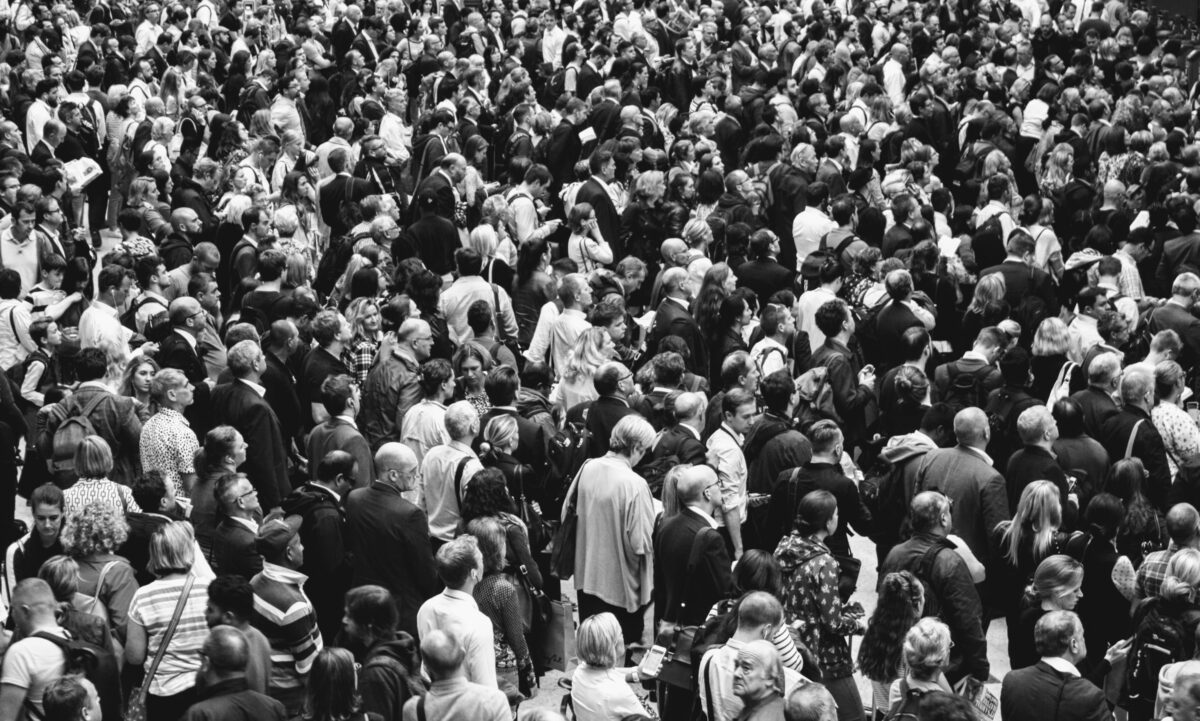It appears everyone believes that the opposites attract. Young and old, happy and distressed couples, single folks and married partners – all seem to buy the classic love adage.
Experts in relationships have composed books based on this assumption. Those who are on the quest for a mate have also internalized it, with 86 per cent of people who are searching for love claiming they are searching for someone with opposite characteristics. The problem is, what’s true about magnets is not true of romance at all.
That people consider opposites actually more appealing has been the topic of various science studies. Have researchers studied what mix makes romantic spouses happier – those that are close, different, or opposite? Researchers simultaneously name these three theories the homogamy hypothesis, the heterogamy hypothesis, and the theory of complementarity.
The ultimate champion is homogamy. Over 240 experiments have been performed by social scientists since the 1950s to evaluate how resemblance in terms of behavior, personality attributes, outside desires, beliefs and other characteristics contributes to attraction.
In 2013, in what is considered a meta-analysis, psychologists Matthew Montoya and Robert Horton analyzed the cumulative findings of these research. They noticed an irrefutable correlation with being close to the other individual and being involved in it.
In other terms, there is strong and compelling proof that feather birds flock to each other. The attraction of resemblance is so powerful for human beings that it is seen through cultures. Because resemblance is synonymous with desire, it makes sense that people appear to be identical in several respects in established relationships.
It is often called assortative matching, but this word is used most frequently to explain how individuals of equal rates of educational success, financial resources, and physical attractiveness prefer to pair together.
None of this necessarily means it doesn’t attract opposites. Both the hypothesis of homogamy and the hypothesis of complementarity might be true. So, is there theoretical evidence that could at least occasionally draw opposites? Love tales also have characters meeting mates that tend to lack characteristics, including a decent girl falling for a poor guy. They appear to complement one another in this way.
One spouse may be outgoing and funny, for example, while the other may be shy and serious. It is easy to see how both partners might view the other as ideal – the strengths of one partner balancing out the weaknesses of the other partner. Indeed, one might imagine a shy person’s friends and relatives trying to set them up with an outgoing person to draw the shy one out. The problem is that individuals are really searching for compatible spouses, or whether this is only occurring in the film.
It is just fantasy as it turns out. Essentially, there is no empirical proof that variations in temperament, desire, schooling, ideology, culture, faith or other attributes result in greater attraction.
For example , researchers in one study showed that college students favoured representations of mates whose written bios were identical to themselves or their ideal selves over those identified as being complementary. The result has been followed by other research. For instance, introverts aren’t more attracted to extraverts than anyone else. Given the compelling facts, why is the heterogamy fallacy persisting? Perhaps, there are certain influences at work here. First of all, comparisons appear to make themselves stand out. Also if the spouses fit lots of features in a pair, they could wind up fighting over the ways they ‘re special.
There’s evidence beyond that that that small differences between spouses can become bigger over time. The psychologists Andrew Christensen, Brian Doss and Neil Jacobson explain in their self-help book “Reconcilable Differences” how couples transition towards compatible relationships over time. For instance, if one partner of a pair is much more amusing than the other, the pair may settle into a pattern in which the slightly more funny spouse assumes the position of “the funny one” while the slightly less funny spouse slots into the position of “the serious one.”
Studies have shown that, indeed, spouses become increasingly compatible with time; although they can continue in the same way, they find ways of differentiating by degree.
In the end, our attraction to similarities vastly outweighs the attraction of people to differences. We believe in believing opposites attract – whereas fairly close spouses in fact just get a bit more compatible when time goes on.




